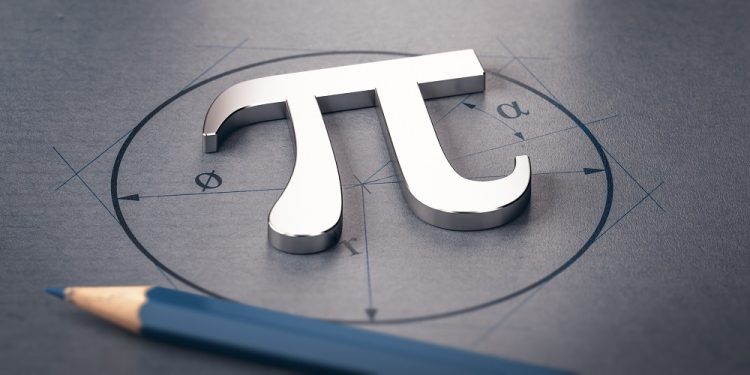
Pi Approximation Day
Pi Approximation Day is yet another holiday dedicated to Pi—the ratio of the circumference of a circle to its diameter. While Pi Day is observed on March 14, Pi Approximation Day is celebrated on July 22nd. Why is that the case? It’s because the date of Pi Day is 3/14, and 3.14 is the value of Pi.
Pi Approximation Day falls on 7/22 because the fraction 22/7 comes out to “approximately” 3.14. See how clever that is? Of course, there is another holiday that’s threatening both of these holidays called Tau Day—a day that celebrates the symbol that many scientists believe should take the place of Pi. We guess only time will tell if that happens.
The History Of Pi
Since we were unable to come up with the history of Pi Approximation Day, we thought we’d do the next best thing and discuss the history of Pi instead. With that said, let’s find out how the value of Pi was discovered and how it has been applied to science and mathematics over the years.
Pi has been a known constant for approximately 4,000 years now. It all started with the ancient Babylonians. They first discovered that they could calculate the area of a circle by taking three times the square of its radius. This returned a value of Pi, or three. One Babylonian tablet from 1,700 BC indicated that the value of Pi was 3.125—and this would be the first approximation for the value of it and was pretty close.
Another civilization that calculated the value of Pi was the Egyptians. The ancient Egyptians calculated the area of a circle by using a formula. Their formula returned an approximate value for Pi that was about 3.1605. That calculation is pretty close to our modern calculation of Pi.
Around the 3rd century BC, Archimedes of Syracuse approximated the area of a circle by using the Pythagorean Theorem. Using this theorem, he found the areas of two regular polygons—the polygon inscribed inside the circle and the polygon on which the circle was circumscribed. Because the area of the circle lies between the areas of the inscribed and circumscribed polygons, these areas gave lower and upper bounds for the area of the circle.
This didn’t bring him to the value of Pi, but it did give him an approximation that placed Pi somewhere around 3-1/7 and 3-10/71. That’s somewhere between 3.1428 and 3.1408. In the first millennium, Arab, Indian, and Chinese mathematicians began to figure out Pi up to eight or nine digits. Zu Chongzhi, a Chinese astronomer and mathematician, used a very similar approach as Archimedes to determine the value of Pi during the 5th century.
During the 18th century, mathematicians began to use the Greek letter π for Pi. This symbol was initially introduced by William Jones in 1706, but it wasn’t in wide use. It wouldn’t be until Leonhard Euler began to use it that it would become popular around 1737. As time passed, the progress of finding the decimal placements of Pi began to slow down. By the end of the 19th century, 527 digits of Pi had been calculated.
Nowadays, the decimal count of Pi has been calculated to tens of trillions of digits. Of course, most calculations don’t need that many digits for accuracy. Not even NASA uses that many digits in their calculations. According to recent reports, NASA uses 15 digits of Pi for space mission calculations. They’ll up that to 40 digits of Pi to calculate the circumference of the visible universe with a high degree of accuracy.
Fun Pi Facts
Can’t get enough Pi facts? Well, don’t worry because we have quite a few of them that we think everyone is going to enjoy. The following facts are what we discovered about Pi while we were researching this holiday.
- There is no zero in the first 31 digits of Pi.
- The “Memorized Digits Of Pi” world record holder recited Pi to over 44,000 digits. That took about nine hours.
- Coconut cream pie is the best, but we think that cherry pie is a close second.
- Humans have pondered Pi for over 4,000 years. Humans have pondered “pie” for only 2,600 years.
- The ancient Egyptians created the first pie in the 5th century B.C.
- Pi Day (celebrated on March 14th) is Albert Einstein’s birthday.
- Gustav Ludwig Hertz and Selman Waksman were both born on July 22nd.
Observing Pi Approximation Day
Pi Day can be observed by taking the time to approximate Pi in the comfort of your own home. You can also celebrate the day by eating some pie. For those people who want to spread the word about this holiday, we suggest that everyone uses #PiApproximationDay on social media.








